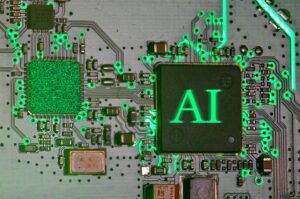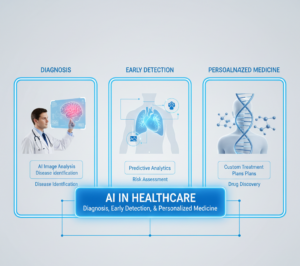How Smart Cities Use Green Technology to Reduce Energy Consumption
Ahmad Jubail December 18, 2024 0The Role of Smart Cities in Sustainable Development
Smart cities are designed to use technology to improve the efficiency of services, reduce environmental impact, and create sustainable living environments. These cities integrate advanced infrastructure, data analytics, and cutting-edge green technologies to create solutions that not only make cities more livable but also more energy-efficient. By adopting smart grids, renewable energy systems, energy-efficient buildings, and innovative transportation systems, smart cities are actively reducing their overall energy consumption.
Green Technology: The Key to Reducing Energy Consumption
Green technology refers to products, services, and processes that use renewable resources or are designed to be more energy-efficient and environmentally friendly. In the context of smart cities, green technology is used in various ways to decrease energy consumption. These technologies help in reducing carbon footprints, conserving resources, and promoting sustainable practices across urban environments.
1. Smart Grids: Efficient Energy Distribution
A key component of green technology in smart cities is the smart grid. Smart grids are advanced electrical grids that use digital technology to monitor and manage the flow of electricity from power plants to consumers. These grids provide real-time data, enabling utilities to optimize energy distribution and reduce waste. Through the integration of renewable energy sources like solar and wind power, smart grids can dynamically balance supply and demand, ensuring that excess energy from renewable sources is used efficiently.
Moreover, smart meters installed in homes and businesses allow consumers to track their energy usage in real-time, empowering them to adjust their consumption habits and save on energy costs. By reducing peak demand and encouraging efficient energy usage, smart grids are a cornerstone of energy conservation in smart cities.
2. Energy-Efficient Buildings and Smart Lighting
Another significant aspect of green technology in smart cities is the development of energy-efficient buildings. These buildings are designed to use minimal energy while providing maximum comfort. Incorporating advanced insulation materials, energy-efficient windows, and HVAC (heating, ventilation, and air conditioning) systems can drastically reduce the amount of energy needed to heat or cool buildings. Additionally, green roofs and solar panels can be incorporated into building designs to harness renewable energy directly from the sun.
Smart lighting systems further enhance energy efficiency. By using sensors and automated systems, these lights can adjust brightness based on real-time conditions, such as the time of day or the level of ambient light. Motion sensors ensure that lights are only on when needed, reducing unnecessary energy consumption and extending the lifespan of lighting systems.
3. Sustainable Transportation Solutions
Transportation is one of the biggest contributors to energy consumption in urban areas. To address this, many smart cities are integrating green technology into their transportation systems. Electric vehicles (EVs) are at the forefront of these efforts, offering a cleaner alternative to traditional gas-powered cars. Smart cities are building EV charging stations powered by renewable energy sources, making it easier for residents to transition to electric transportation.
Additionally, public transportation systems are being upgraded with energy-efficient buses and trains, many of which are powered by electricity or alternative fuels. Smart traffic management systems are also playing a role in reducing energy consumption by optimizing traffic flow, reducing congestion, and minimizing the time spent idling, which, in turn, reduces fuel consumption and lowers emissions.
4. Renewable Energy Integration
Incorporating renewable energy into the power grid is one of the most effective ways that smart cities can reduce energy consumption and carbon emissions. Solar panels, wind turbines, and other renewable energy sources are increasingly being integrated into urban infrastructure. Solar panels are often installed on rooftops of buildings, while wind turbines are placed in suitable urban areas or on the outskirts of cities to harness natural power.
In smart cities, renewable energy is not only generated but also efficiently distributed through smart grids. By using energy storage solutions such as batteries, cities can store excess energy generated during the day and use it during peak hours or when demand is high. This integration ensures that energy supply is more sustainable and less reliant on fossil fuels.
5. Water Conservation and Management
Although not directly related to energy, efficient water management in smart cities contributes to overall sustainability. Water treatment and distribution systems powered by smart technology help cities conserve energy by optimizing water usage and minimizing waste. Smart meters and sensors monitor water consumption in real time, alerting consumers to leaks or overuse, thus preventing unnecessary energy consumption associated with water pumping and treatment processes.
Conclusion: Building a Sustainable Future
Smart cities are leading the way in adopting green technologies to reduce energy consumption and promote sustainability. By integrating smart grids, energy-efficient buildings, renewable energy, sustainable transportation, and water conservation practices, these cities are setting a new standard for environmental responsibility and efficiency. The adoption of green technology in smart cities not only helps reduce energy consumption but also creates a more sustainable and livable future for generations to come.
As the world continues to urbanize, the lessons learned from these pioneering cities will become increasingly vital in ensuring that our cities thrive in harmony with the planet.





